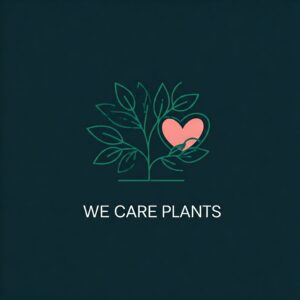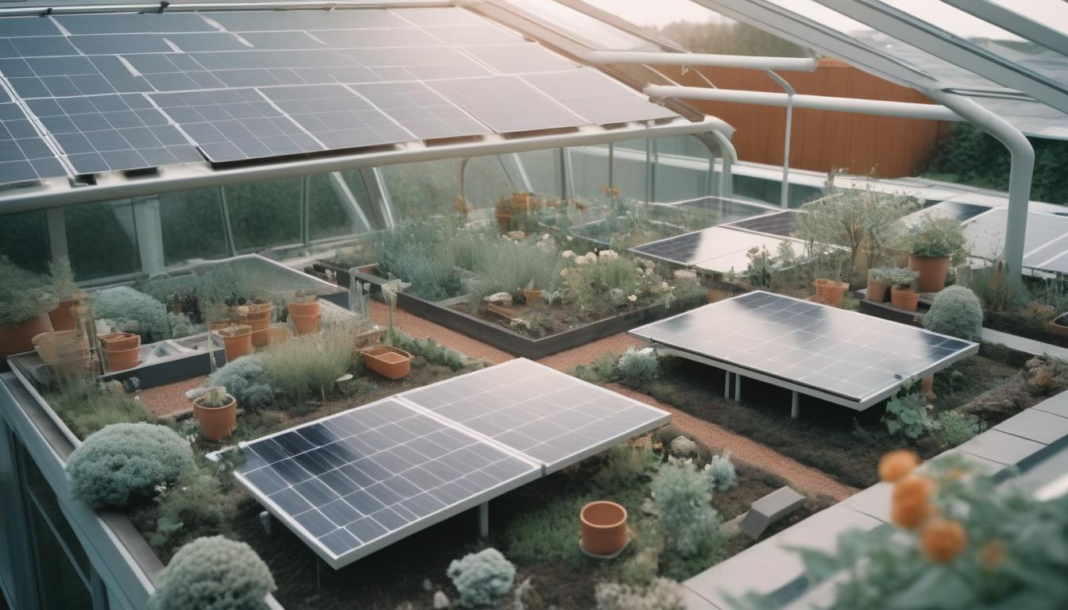Double the Benefits: How to Integrate Solar Panels and a Roof Garden
Imagine standing on your rooftop, surrounded by a lush garden of vibrant flowers, fresh herbs, and thriving vegetables. Above you, solar panels gleam in the sunlight, quietly generating clean energy for your home. This isn’t just a dream—it’s a sustainable reality that combines the best of renewable energy and urban gardening. Integrating solar panels with a roof garden is a brilliant way to maximize your rooftop’s potential, offering environmental, economic, and personal benefits. Let’s explore how you can create this dual-purpose oasis and double the benefits for your home and the planet.
The Perfect Pair: Solar Panels and Roof Gardens
Solar panels and roof gardens might seem like an unlikely duo, but they complement each other in surprising ways. Solar panels generate clean energy by harnessing sunlight, while roof gardens (also known as green roofs) provide insulation, reduce stormwater runoff, and create habitats for pollinators. Together, they form a symbiotic relationship that enhances the efficiency of both systems.
How They Work Together
- Cooling Effect: Plants on a green roof absorb sunlight and release moisture through a process called evapotranspiration. This cools the air around the solar panels, making them more efficient. Studies show that solar panels can be up to 15% more efficient when paired with a green roof.
- Extended Lifespan: The cooling effect of a roof garden can also extend the lifespan of solar panels by reducing heat-related wear and tear.
- Stormwater Management: Green roofs absorb rainwater, reducing the risk of flooding and easing the burden on urban drainage systems. This also keeps the solar panels cleaner, as less dirt and debris are washed onto them.
- Biodiversity Boost: Roof gardens provide habitats for birds, bees, and other pollinators, contributing to urban biodiversity.
The Benefits of Combining Solar Panels and Roof Gardens
1. Environmental Benefits
- Reduced Carbon Footprint: Solar panels generate clean energy, reducing reliance on fossil fuels. Meanwhile, plants on the roof absorb carbon dioxide and release oxygen, further combating climate change.
- Urban Heat Island Mitigation: Cities tend to be hotter than rural areas due to concrete and asphalt absorbing heat. Green roofs help cool urban environments, while solar panels reduce energy demand for air conditioning.
- Improved Air Quality: Plants filter pollutants from the air, creating a healthier environment for you and your community.
2. Economic Benefits
- Energy Savings: Solar panels can significantly reduce your electricity bills, and the insulating effect of a green roof can lower heating and cooling costs.
- Increased Property Value: Homes with solar panels and green roofs are often more attractive to buyers, potentially increasing your property’s value.
- Incentives and Rebates: Many governments and municipalities offer incentives for installing solar panels and green roofs, making the initial investment more affordable.
3. Personal Benefits
- Aesthetic Appeal: A roof garden transforms your rooftop into a beautiful, relaxing space. Imagine enjoying your morning coffee surrounded by greenery and flowers.
- Fresh Produce: Grow your own herbs, vegetables, and fruits, reducing your grocery bills and ensuring a supply of fresh, organic produce.
- Mental Well-Being: Gardening is a proven stress reliever, and the combination of greenery and clean energy can create a sense of pride and accomplishment.
How to Integrate Solar Panels and a Roof Garden
Step 1: Assess Your Roof
Before you start, evaluate your roof’s structural integrity. Solar panels and green roofs add weight, so consult a structural engineer to ensure your roof can support the load. Also, consider the following:
- Sunlight Exposure: Solar panels need direct sunlight, so choose a location with minimal shading.
- Roof Slope: Flat or slightly sloped roofs are ideal for green roofs, while solar panels can be installed on a variety of slopes.
Step 2: Design the Layout
Work with a professional to design a layout that maximizes the benefits of both systems. Key considerations include:
- Panel Placement: Position solar panels to avoid shading from plants or structures. Elevated panels can create space for plants underneath.
- Plant Selection: Choose plants that thrive in your climate and require minimal maintenance. Sedums, grasses, and herbs are popular choices for green roofs.
- Irrigation System: Install a drip irrigation system to ensure your plants get enough water without wasting resources.
Step 3: Install the Green Roof
A green roof typically consists of several layers:
- Waterproof Membrane: Protects your roof from water damage.
- Root Barrier: Prevents plant roots from penetrating the roof.
- Drainage Layer: Ensures excess water drains away.
- Growing Medium: A lightweight soil mix designed for green roofs.
- Plants: Choose a mix of groundcovers, perennials, and shrubs for visual interest and biodiversity.
Step 4: Install the Solar Panels
Once the green roof is in place, install the solar panels. Opt for elevated mounting systems that allow plants to grow underneath. This setup not only maximizes space but also enhances the cooling effect of the plants on the panels.
Step 5: Maintain Your Dual-Purpose Roof
Regular maintenance is key to ensuring both systems function optimally:
- Solar Panels: Clean the panels periodically to remove dust and debris. Check for any damage or shading from overgrown plants.
- Roof Garden: Water and prune plants as needed. Remove weeds and monitor for pests.
Real-Life Inspiration: The Solar Garden Rooftop
Anna and Mark’s Story
Meet Anna and Mark, a couple from Chicago who transformed their flat rooftop into a solar-powered garden. “We wanted to reduce our carbon footprint and create a space where we could grow our own food,” Anna explains. They worked with a local contractor to install a green roof with a variety of herbs, vegetables, and flowers. Solar panels were mounted on frames above the garden, allowing the plants to thrive underneath.
“The results have been amazing,” Mark says. “Our energy bills have dropped by 40%, and we have fresh herbs and veggies all summer long. Plus, the rooftop has become our favorite spot to relax and unwind.”
Challenges and Solutions
While integrating solar panels and a roof garden offers numerous benefits, it’s not without challenges. Here’s how to address common concerns:
- Cost: The initial investment can be high, but incentives, rebates, and long-term savings can offset the cost.
- Maintenance: Both systems require regular upkeep, but the rewards—fresh produce, lower energy bills, and a beautiful space—are worth the effort.
- Weight: Ensure your roof can support the added weight by consulting a structural engineer.
- Shading: Proper design and plant selection can prevent shading issues.
The Future of Sustainable Rooftops
As cities grow and climate change intensifies, the need for sustainable solutions becomes more urgent. Integrating solar panels with roof gardens is a forward-thinking approach that addresses multiple challenges at once: energy production, urban heat, stormwater management, and food security.
Innovations in solar technology, such as transparent solar panels and solar shingles, are making it easier than ever to combine solar energy with green roofs. Meanwhile, urban farming initiatives are inspiring more people to grow their own food, even in small spaces.
Final Thoughts
Combining solar panels with a roof garden is a win-win solution for your home and the planet. It’s a way to harness the power of the sun, create a thriving green space, and take a meaningful step toward sustainability. Whether you’re motivated by environmental concerns, economic savings, or the joy of gardening, this dual-purpose approach offers something for everyone.
So, why not transform your rooftop into a solar-powered garden? It’s an investment in your home, your well-being, and the future of our planet. As the saying goes, “The best time to plant a tree was 20 years ago. The second-best time is now.” Start your journey today and double the benefits of your rooftop!

